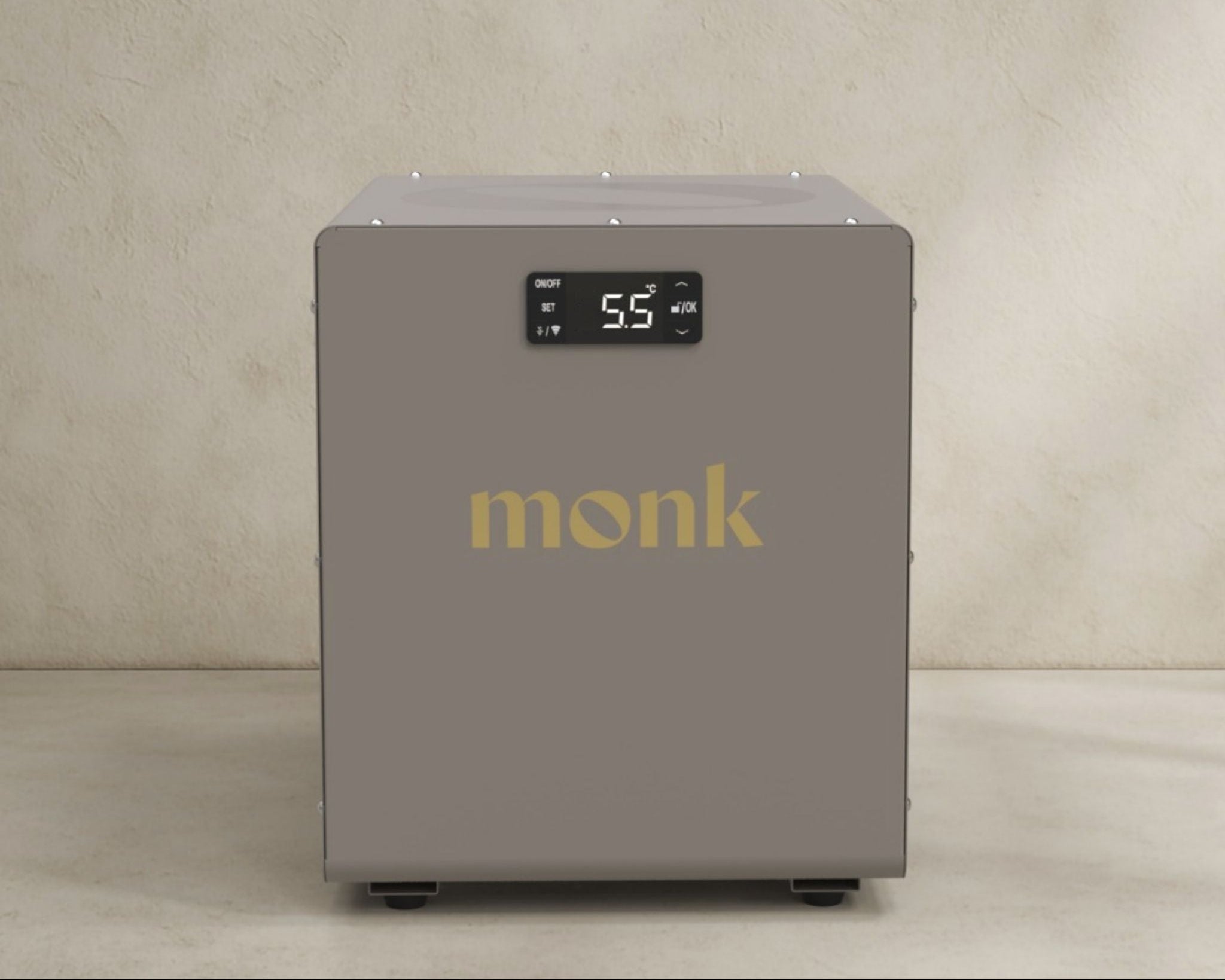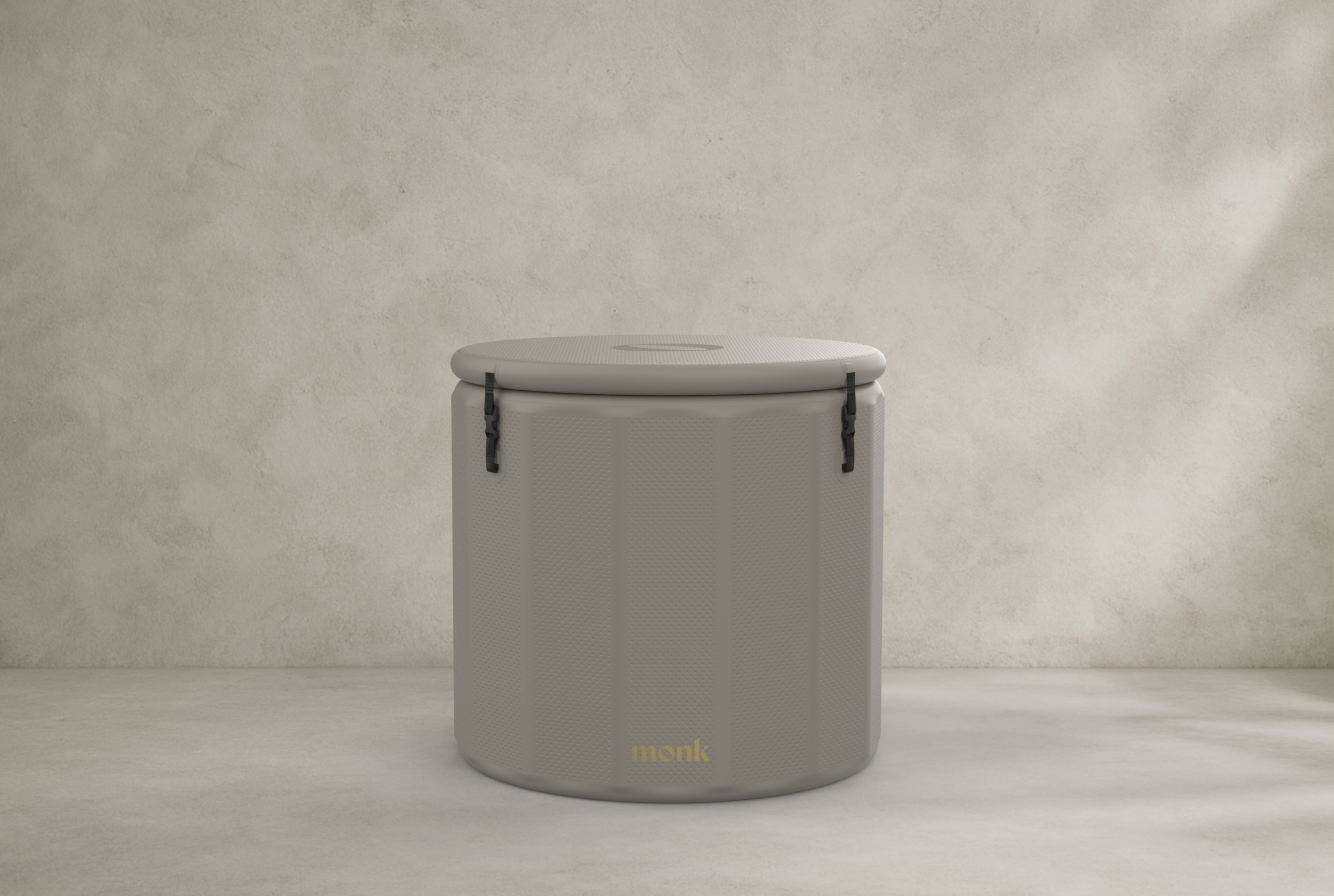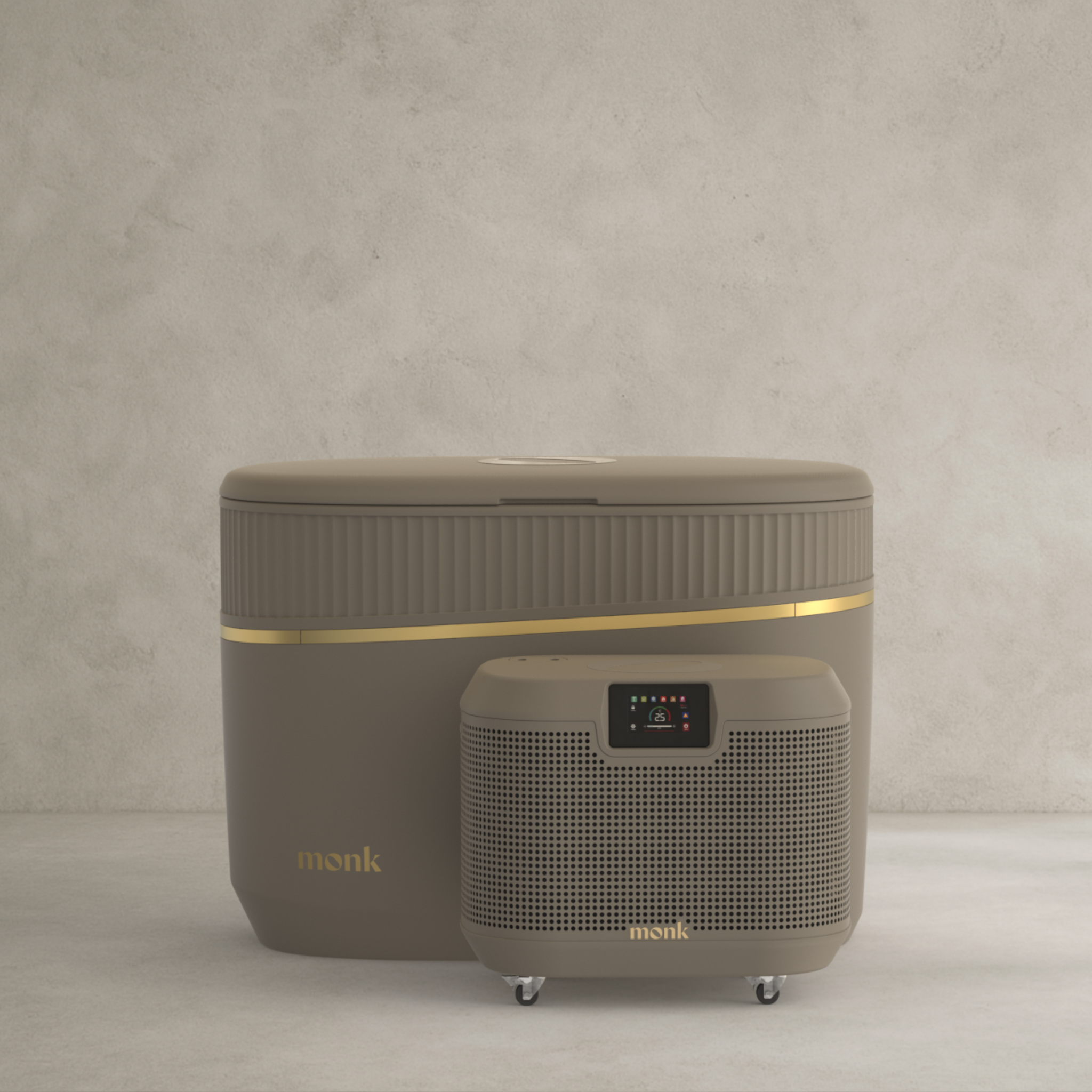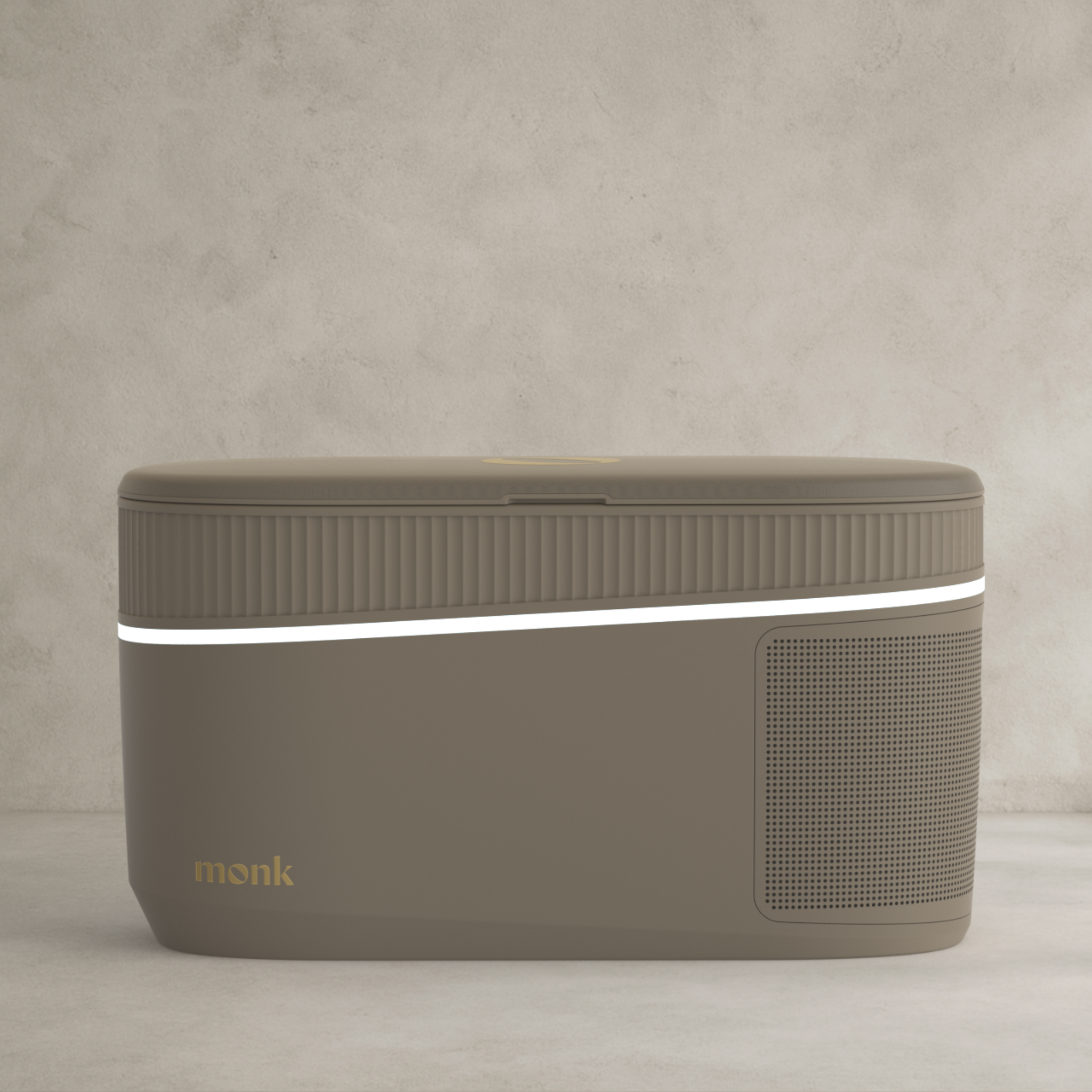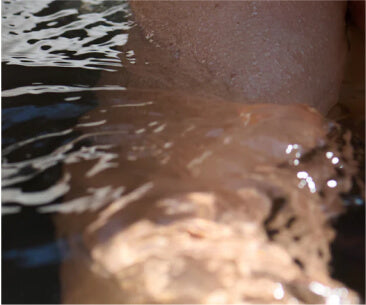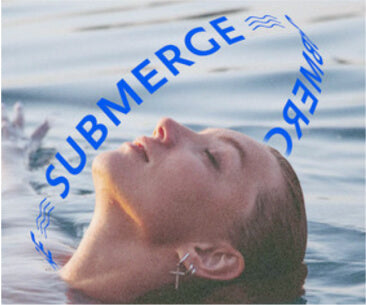Cold Water Therapy for Muscle Recovery & Performance – Monk
Muscle Recovery and Performance Benefits of Cold Water Therapy
If you’re already a physical marvel, strength, stamina, and grit are your friends. It’s likely taken hours out of your day, and days out of your month. Or if you’re a professional athlete, it’s taken your whole life. This is especially true of the time spent on recovery, whether that’s on replenishing lost fluids, calories, oxygen, or on the excruciating joy that is DOMS (Delayed Onset Muscle Soreness). Recovery is a necessary evil for athletes of any level, not least to prevent injury, but it can also be painful, expensive, time-consuming and awkward as hell. We could do without the public cowboy walks, thanks.
So what’s the alternative? Most of us will have spied an athlete or two submerging themselves in ice after training or a particularly heavy performance. But it’s not always clear how it helps, and if it could help us too. Here’s what makes cold water therapy such a revolutionary approach to improving athletic recovery and performance.
How Does Your Body React to an Ice Bath After a Workout?
Cold water immersion (CWI) involves submerging the body in water colder than 15˚C/59°F. It’s used as a recovery method, usually immediately after a workout as a measure to enhance the healing process.
When you jump into an ice bath, your blood vessels constrict and get smaller. Then, when you get out again, the change in temperature causes them to rapidly reopen. This does a few things:
- It helps flush out your muscle’s metabolic waste products out, like lactic acid
- It delivers much needed oxygen and nutrients to the muscles which aid their recovery
- It increases blood flow and speeds circulation (which in turn improves the healing process)
There are other effects on the body after a cold dunk, like:
- Decreased metabolic activity and slowed down physiological processes
- Reduction in tissue swelling and breakdown
- Decreased nerve conduction velocity and muscle spasm
How Can Cold Water Therapy Benefit Training and Performances?
The first clear benefit of cold water therapy is its ability to help cool down the body much faster than it does on its own. Exertional hyperthermia - where the core body temperature exceeds 40°C/105F and the central nervous system becomes dysfunctional - is a real danger for high-performing athletes. However, a 2016 study found that a cold shower could help relieve it and ice baths have also been found to improve performance when taken before training on a hot or humid day.
Cooling the exercised muscles with cold water immersion also:
-
Increases cellular signal, which activates mitochondrial biogenesis.
-
Preserves muscle glycogen for future performance
-
Reduces sweat rate, helping conserve essential electrolytes, which are essential for athletic performance.
Rather than viewing dehydration as the cause of rising core temperature, it’s more accurate to see it as a consequence and smarter to focus on reducing heat stress from the start.
Interestingly, cold exposure slows metabolism temporarily, which can cause a slow down of physiological processes. This may sound negative but actually reduces swelling and tissue breakdown during performance.
Finally, cold exposure after exercise helps lower heart rate and reduce perceived fatigue, giving you the edge to push through when your body and mind might otherwise call it quits (often where new PBs are found).
How Can Cold Water Therapy Benefit Post-Exercise Recovery?
After an intense workout, race or match, the post-event buzz is real, but so is the DOMS. The muscles we’ve worked out experience microtrauma and tears in the muscle fibres. This muscle damage is strategic, as it stimulates muscle cell activity which helps in the repair and strengthening of the muscle and leads to hypertrophy (bigger muscle cells) in the long-term. This process is also thought to be the explanation for DOMS, which can start 12-72 hours after the exercise.
Cold water therapy has been proven to:
There’s already plenty of evidence for how well cold water immersion can combat DOMS, which indicates that it:
-
Be more effective for muscle recovery than hot, warm or alternating hot and cold exposure
-
Reduce the symptoms of muscle soreness, 24, 48 and 96 hours after exercise
-
Lower perceived exertion 24 hours after exercise
-
Be the most effective at lowering inflammation, along with massages
-
Be more effective at reducing DOMS than passive approaches like rest or doing nothing at all.
-
Reduce swelling
How Cold Water Therapy Targets Inflammation, Swelling, and Fatigue
Inflammation plays a major role in DOMS (Delayed Onset Muscle Soreness), but one powerful ally against it is the neurotransmitter norepinephrine. In a study by Finnish researchers, 10 women were exposed to just-above-freezing water for 20 seconds and also underwent full-body cryotherapy. Blood tests revealed a 2–3x increase in norepinephrine levels within minutes of exposure.
But why does this matter? Norepinephrine helps reduce pain and tame inflammation, including lowering the levels of key inflammatory markers like TNF-alpha and IL-1. These effects are so significant that similar results are usually only seen with medication, making cold water exposure a natural and accessible alternative.
When your body is cold, your metabolism temporarily slows. That might sound like a negative if fat loss is your goal, but in the context of recovery, this slowdown helps reduce swelling and limits tissue breakdown. A study found that cold water immersion visibly reduced oedema (fluid-related swelling) in one leg compared to a non-treated leg after a strenuous run. This was also confirmed by another study that measured reduced swelling and pain following exhaustive exercise.
This effect is largely thanks to vasoconstriction (the narrowing of blood vessels) which prevents fluid from leaking into surrounding tissue and forming that uncomfortable puffiness. But vasoconstriction has another benefit: it helps flush out lactic acid. When your blood vessels tighten during cold exposure, it stimulates the lymphatic system, your body’s internal waste removal network, to clear out lactic acid and toxins more efficiently. Norepinephrine also boosts this process and supports the production of mitochondria (your cells’ energy generators).
A cold plunge also improves circulation, oxygen delivery, and cardiac function, aided by the deeper breathing that often comes with cold exposure. In one study, cyclists training in hot conditions were able to maintain performance levels more consistently with regular cold water immersion, likely due to improved core temperature regulation and blood flow.
Beyond recovery, athletes who regularly practice cold exposure, like winter swimmers, have reported benefits including lower stress, reduced fatigue, and better mood and memory. It’s also helpful for chronic conditions such as rheumatism, fibromyalgia, and asthma.
And don’t underestimate its role in sleep. Cold water therapy supports the central nervous system and improves heart rate variability (HRV), a key marker of both physical and mental stress. High HRV is linked to better athletic performance and deeper sleep, proving once again that cold therapy offers layered benefits that go far beyond the initial shiver.
When to Use Cold Water Therapy (and Who Should Use It)
A 2016 meta-analysis of ice bath studies found that the optimal conditions for athletes looking to enhance their muscle recovery and performance are:
-
Water temp: 10–15°C (50–59°F)
-
Duration: 10–15 minutes
-
Timing: Within 2 hours post-workout
This was supported by another study, which found that a 10-minute cold bath was just as effective as a 20-minute one (great news for those with packed schedules).
Timing also matters as research suggests there’s a two-hour window post-exercise where cold water immersion is most effective for reducing soreness and supporting muscle recovery.
Consider Your Training Cycle
Where you are in your training or performance cycle plays a crucial role in how you should approach cold water therapy.
If you’re in-season and competing regularly, CWT can help reduce inflammation and speed up recovery, allowing you to be ready for your next game, race or session more quickly.
However, if you’re in your off-season, a chronic endurance athlete like a marathoner, or currently focused on building muscle and strength, your strategy may need to shift. Some research suggests that jumping into cold water immediately after a workout could impair progress. That’s because cold exposure may interrupt the body’s natural inflammatory response, a process necessary for muscle repair, growth, and adaptation. This can be particularly relevant for those trying to build strength or improve endurance over time.
If that sounds like you, don’t worry, cold water therapy can still be part of your recovery toolkit. Instead of plunging straight after a session, science recommends waiting 24–48 hours to allow muscle tissue to begin the repair process. This delay can help promote the training adaptations you’re aiming for, such as hypertrophy and increased strength. People doing high-intensity interval training (HIIT) or full-body endurance workouts may still benefit from cold immersion to manage core body temperature and reduce recovery time.
The Bottom Line
Cold water therapy offers a wide range of recovery and performance benefits when used strategically. Whether you're trying to bounce back between matches or support long-term strength gains, using CWT with the right timing can make a real difference.
The body of evidence supporting cold immersion continues to grow, and it remains a key part of recovery routines for top athletes in every arena, from track, to the courts to the ring.
At Monk, we’re backed by a collective of anti-ordinary individuals, including athletes, who are driven by the desire to push boundaries. We believe in the transformative power of cold water therapy and we’re here to help more people unlock their full performance potential.
Please note: This blog shares educational insights based on scientific research. It is not a substitute for medical or psychological advice. Please consult a health professional before starting a new recovery protocol.
